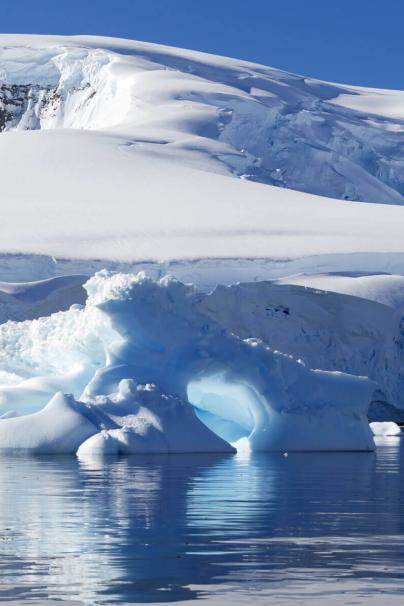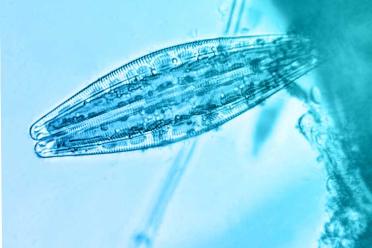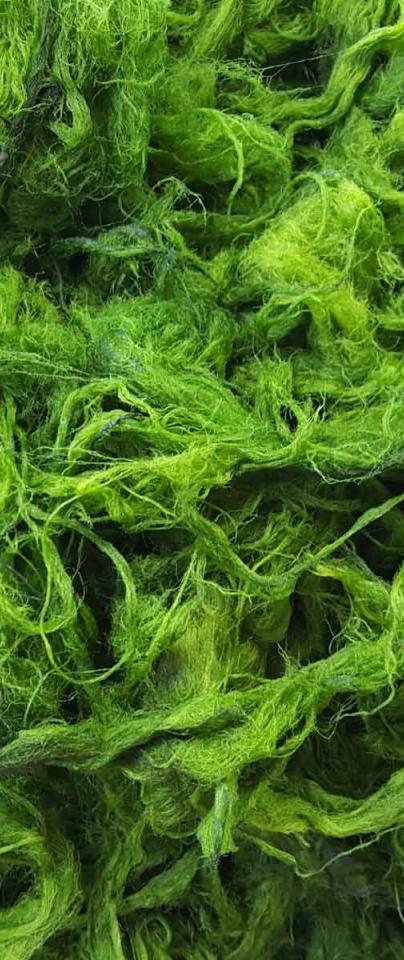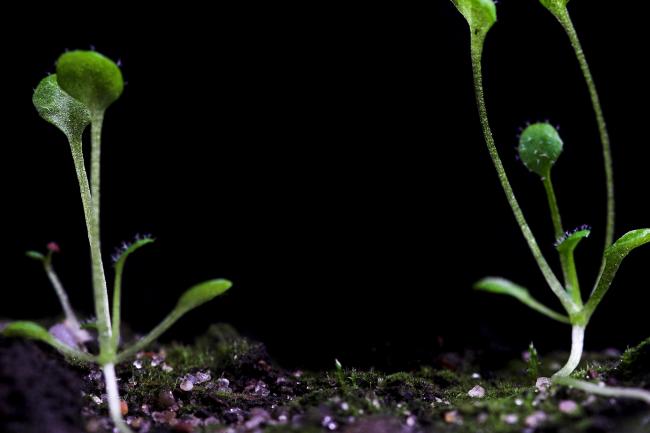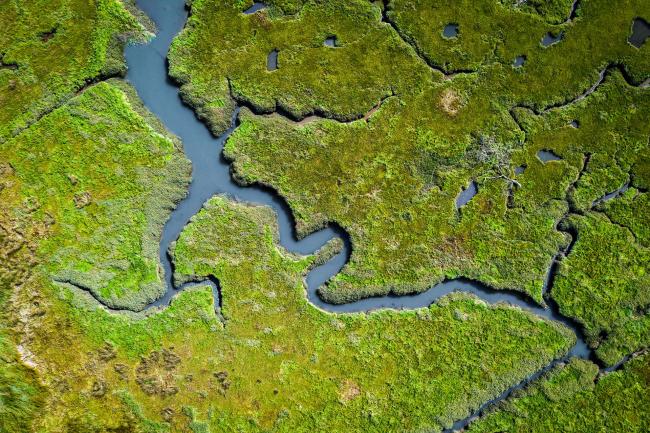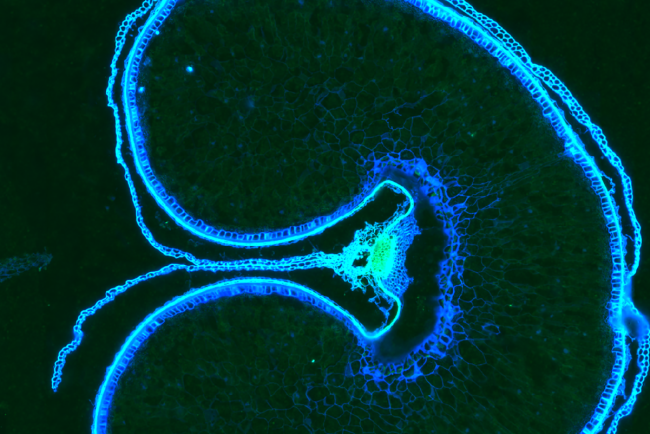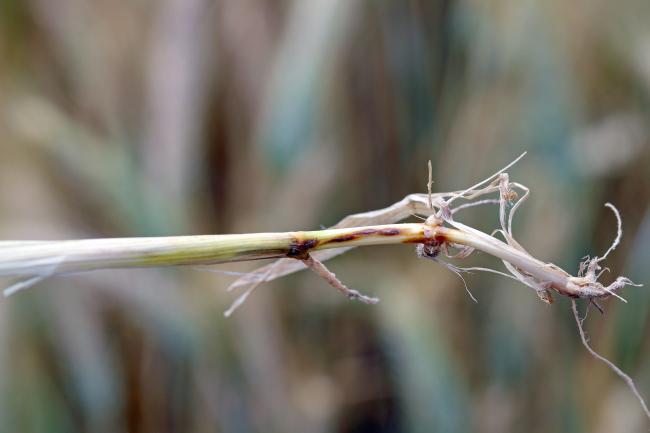More often than not, now that we have the perks of next generation genome sequencing available to us, it’s much quicker to find what might help an organism adapt to certain conditions through identifying changes in an organism’s genetic code.
Thus, with the help of some high-quality NGS thanks to the Platforms & Pipelines and Clark Groups at EI, the PacBio-assembled F. cylindrus draft genome did indeed hint at how its icy adaptations came about.*
One important difference between F. cylindrus and its more temperate diatom counterparts was that, in terms of metal-binding proteins, it was enriched in copper and zinc-binding proteins rather than iron binding proteins.
This makes sense, as in the low-iron environment of the Antarctic, F. cylindrus has to find a way to keep up photosynthesis. It’s thought that, perhaps, the extra copper-containing proteins in Fragilariopsis might help with the electron transport necessary for photosynthesis, without having to rely on extra iron.
The zinc-binding proteins are also interesting, as they appear to be abundant in F. cylindrus. Zinc, apparently, is particularly abundant in the surface waters of the Southern Ocean, so you might expect there to be lots of zinc-binding proteins in the algae that live there.
Additionally, however, some of these proteins appear to have arisen in the algae from horizontal gene transfer from bacteria - which is always an interesting topic to throw into the mix when trying to explain the evolution of life on earth.
Importantly, many of these proteins could well have a role in stress response, which is a point of immediate concern for any organism faced with the probability of being cryogenically (frozen) concealed for months at a time.
One group of such proteins, for example, is the group of antifreeze proteins, which help them to survive the transition from sea water to sea ice when temperatures drop below the freezing point in autumn.
